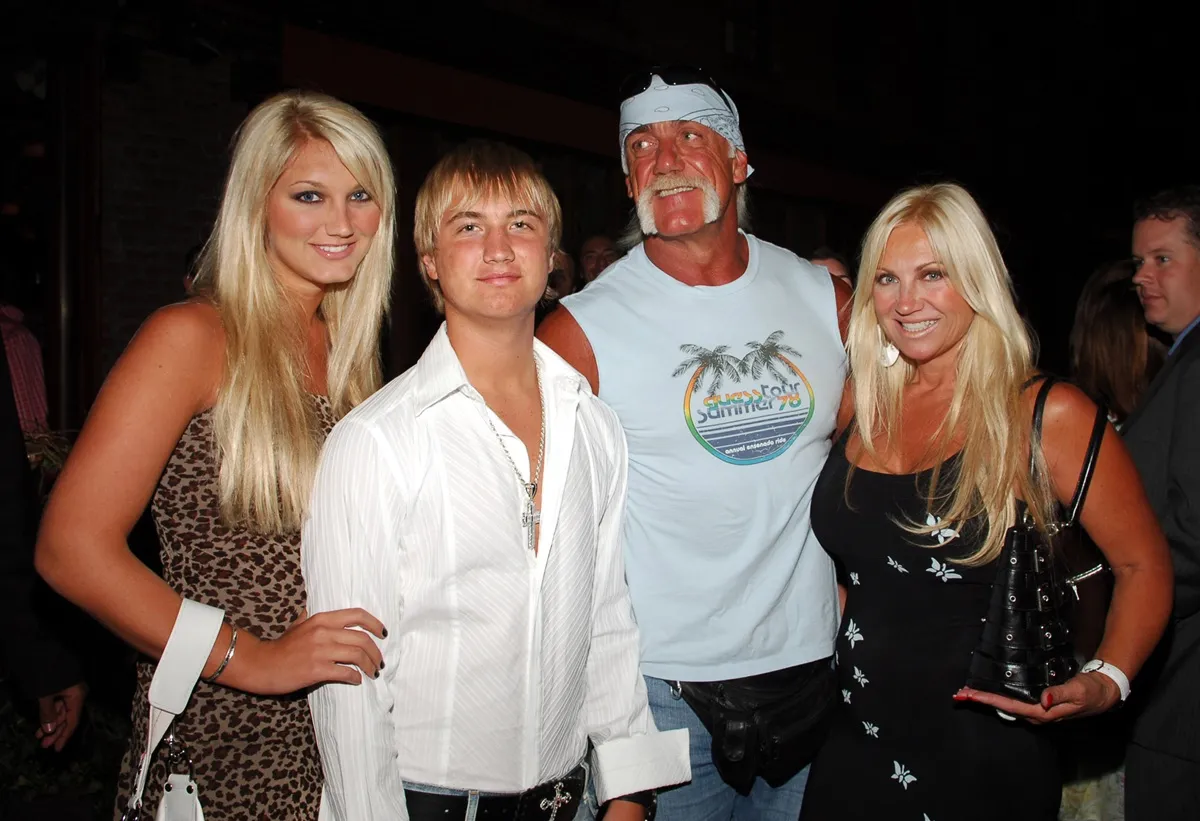Kevin Feige Says the MCU’s First ‘Horror Movie’ Won’t Actually Be That Scary After All
Dr. Strange in the Multiverse of Madness is one of the most anticipated MCU movies in May of 2021, though there still seems to be confusion on the definition of its niche. During San Diego’s Comic-Con in the summer of 2019, director of the film (Scott Derrickson) said it was going to be a scary film. Everyone took that as being a horror film considering Derrickson’s horror movie pedigree.
Kevin Feige had to make a confirmation on this later, even if many media pundits point out that horror would probably be a lucrative niche for Marvel. Considering they’ve already gone into some interesting sci-fi territory (with more experimental areas to come), it makes one wonder whether the Dr. Strange sequel will still be classified as horror.

What’s the real definition between being “scary” and the horror genre?
In the case of Dr. Strange in the Multiverse of Madness, it may just mean scary sequences involving the mind-spinning magic enveloping his existence. Those who saw the first Dr. Strange movie know how much of a trip it was in depicting his magical powers and realms.
Some might say it was like a drug trip scenario in more than a few scenes. This was scary enough, and taking things more intensely in the sequel might be considered almost over-the-top.
How can moviegoers really delineate between something scary in a movie and still not deem it a horror movie? Kevin Feige had to clarify the Dr. Strange movie would just have “scary sequences” and not be deemed horror.
Perhaps the only way to separate the two is the killing off of characters. Almost every horror movie has someone being brutally killed, sometimes in graphic form. In the world of Marvel, such a scenario would be off-limits in their PG-13 spaces.
Would Marvel ever include real horror in their wheelhouse someday?
A lot of media analysts keep thinking Marvel going a little darker would be to latter’s benefit. DC has already gone there and continues to clean up at the box office with their R-rated production arm. They’re also just beginning after setting another bar with Joker in 2019.
At the moment, Marvel probably won’t go overly dark, mostly because they’ve set a certain persona with their PG-13 ratings. Also, with Disney owning them, they likely don’t want to go into the territory DC uses with brutal violence and profanity.
Maybe audience demand will change this over time, even if the MCU is doing fine sticking to their formula. They’ll be doing a lot of daring things anyway to shake everything up in both their movies and Disney+ shows.
Although maybe creating scarier scenes in Dr. Strange 2 is a bit of a test to see how Marvel audiences react to them.
Doing a horror movie idea at the MCU might have to be handed to someone else since this isn’t Kevin Feige’s forte. He’s clearly bringing movie sci-fi elements to the table first, a dream of his since he became the new #1 in overseeing the MCU franchise.
Does horror have to mean death and blood?
Anyone who’s watched enough horror movies would know that being gory doesn’t always fully translate to what horror is. Insinuation is often far scarier than anything blatant seen in the bloodfests of recent decades. Jordan Peele brought back elements of that, including social commentary.
Marvel could easily do the same thing, this time utilizing uncontrolled superhero magic. After all, the magical realms of Dr. Strange are already a dark world unto their own. Within those worlds can exist death as well in ways going beyond some maniac with a knife.
Because Scarlet Witch also deals in witchcraft, WandaVision may additionally incorporate horror elements under the guise of its reportedly oddball 1950s sitcom setting. Since that and the Dr. Strange sequel will all be connected, the horror gauntlet might have already been thrown.
Disney already has a long past of scaring audiences to death with scary sequences in their animated classics. They can do it again in a psychological way so horror works as a mind game rather than adhering to physical gore.


